Kentucky's free throw shooting is representative of its overall struggles
To put it mildly, Kentucky basketball this season has been puzzling. The players on the court look just as confused as the fans watching, trying to ascertain a strategy of attack. This generalization speaks to the overall state of a program floundering in mediocrity despite a roster that, on paper, has the pieces needed for success. However, to zoom in on one particularly perplexing component of a season rife with frustration, this team has been historically bad from the free throw line.
Through 12 games this season, Kentucky has made 148 out of 224 free throws for a less-than-stellar 66.1%. If the season finishes at that percentage, it would rank as the 5th-worst free-throw-shooting Kentucky team since 1960. The only John Calipari-era team to shoot worse than this was the 2012-2013 team, which shot 64.2% and did not make the NCAA tournament.
In a deeper dive, Kentucky is shooting just 59.8% in its five games against quality teams. They are 1-4 in those contests. In the seven games against mid-majors, all of which they won, the team is shooting 70.9%.
It makes sense why Kentucky would fair better from the field against inferior teams as their size and athleticism make for easier shots, but the free-throw line is the same 15 feet against UCLA as it is against Florida A&M, and yet, there is a huge drop in efficiency. How can this be?
There is no reason this team should be as bad as it is
Poor free throw shooting is a microcosm of the phrase uttered by Kentucky fans everywhere this season: “There is no reason this team should be as bad as it is.”
Take a look at the individual performances. Jacob Toppin shot 78% and 74% from the line in his first two seasons at Kentucky. This year? 64%. After the Bahamas, Big Blue Nation was psyched about how dominant Toppin looked (he also shot free throws at 78% during that four-game stretch), but something doesn’t seem quite right with him recently, and we can only hope he finds that Bahama mojo again soon.
Another veteran, Sahvir Wheeler, shot 78% from the line last season for the ‘Cats. In his first two seasons at Georgia, he shot 70% and 74%. This season, however, he is shooting a paltry 59%. It is tough for a team’s primary ball-handler to struggle at the line, but Wheeler has proven to be formidable in the past. It is hard to pinpoint why this year has been so different.
The list goes on. Lance Ware, Kentucky’s starting power forward as of late, has never been a free throw savant but is shooting a career-low 40%. Antonio Reeves shot 82% for Illinois State last season but has dipped to 73% now that he is in Lexington. Cason Wallace, the team’s best overall player and most consistent shot-maker from both the field and from beyond the 3-point arc, is shooting an abysmal 55%.
The only player shooting near his career average of 70% is Oscar Tshiebwe, but he is coming off a two-game stretch against UCLA and Missouri where he is just 11-21 (52%).
This team’s collective decline from the free throw line serves as a poignant statistical representative of this team’s underperformance.
Cal’s teams always struggle from the line, though, right?
The list of Calipari’s overly-generalized critiques is as long as his résumé of accolades. “He’s just a recruiter,” “He just rolls the balls out there,” and so forth. But the one label Cal jokingly leans into is how his teams can’t shoot free throws. So, maybe this year’s brick parade is just a manifestation of that stereotype.
Not necessarily.
Three years ago, the season COVID-19 cut short a highly-anticipated NCAA run, Kentucky led the country in free throw percentage at 79.7%. This season, at the time of this writing, Kentucky ranks 306th out of 363 teams.
Sure, those were different players — Immanuel Quickley and Tyrese Maxey are not walking through that door. But that team at least curbs the notion that Cal puts some type of hex on his players when they’re on the line.
Was that team just an outlier? During the Calipari’s first 12 seasons at the helm, Kentucky has ranked 241st, 117th, 67th, 313th, 225th, 59th, 211th, 166th, 247th, 71st, 1st, 103rd, and 148th amongst division-I teams from the line. That splattering all over the board makes it difficult to decipher any sort of meaningful trend.
Having said that, Calipari can be an intimidating guy, and his pension for screaming until his neck veins pop out probably doesn’t elicit the most calming of responses from certain players. Does that equate to a type of nervousness that drops guys’ free-throw percentages by double digits in one season? Possibly. But the problem is more complex than, “Cal’s team can’t shoot free throws.”
Kentucky will improve from the line if/when everything else does
Free throws are a primary reason sports psychologists have jobs. I am woefully unqualified for that profession, however, my guess is that the class titled “Helping a good basketball player who is struggling to shoot free throws well” is in the first semester of school in that field.
My point is that, clearly, these players have the physical tools to shoot far better than 66% from the free throw line, but there is a nagging mental component hindering everyone’s potential. It is most likely the same bug causing the team’s poor body language, on-court stagnation, and the lack of seemingly having any fun whatsoever. There is an Eeyore-like grey cloud hovering over this team that keeps following them around despite repeated efforts from the fans to will it away.
It is an imaginary cloud so thick, it is palpable. It affects the mood of the players, the fierceness of the coaches, the tone of the media, and the enthusiasm of the fans. On the court, it affects the tenacity, comradery, level of play, and of course, free throw shooting.
If Kentucky can secure a few wins and shed this drab hole it has fallen into, look for an increased free throw percentage to be one of the first symptoms to be cured. Else, we might be looking at a historically underachieving season in not only free throw shooting but in win percentage as well.

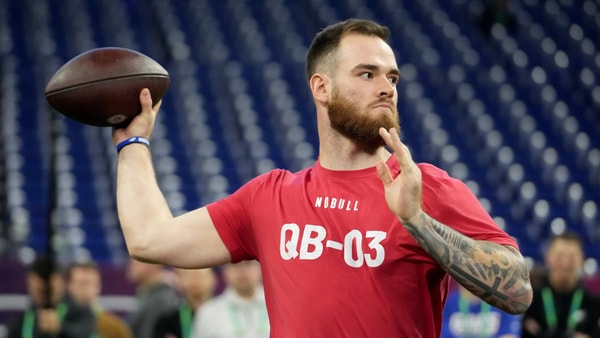
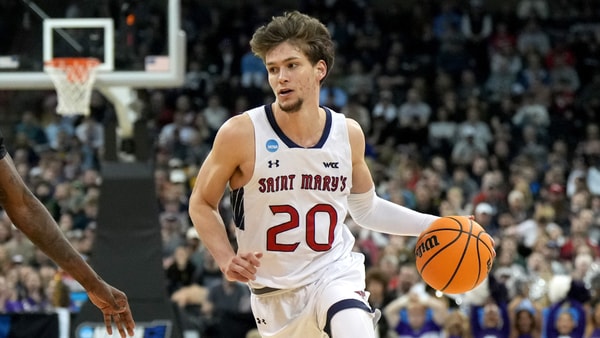
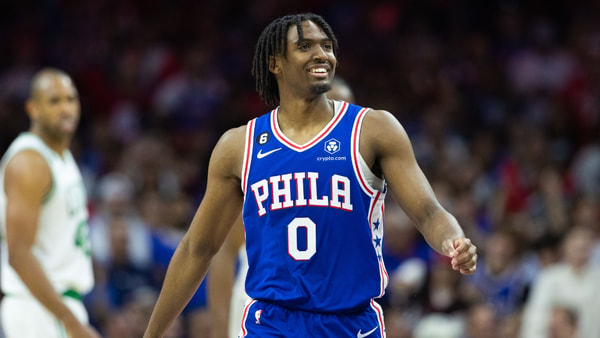
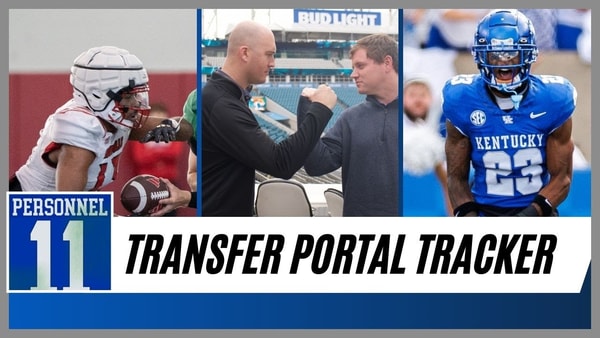
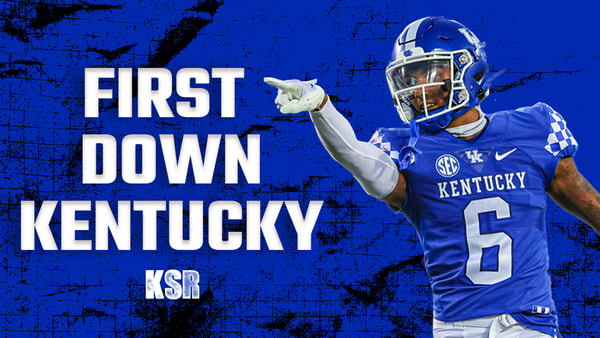

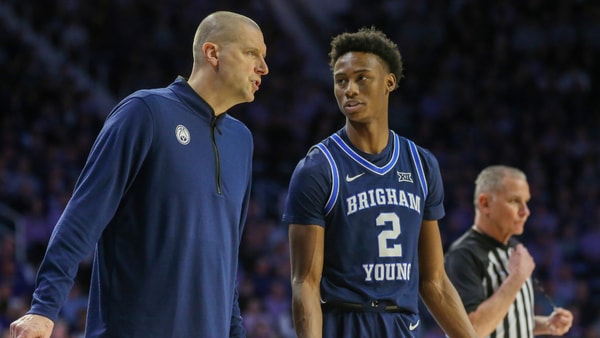
Discuss This Article
Comments have moved.
Join the conversation and talk about this article and all things Kentucky Sports in the new KSR Message Board.
KSBoard